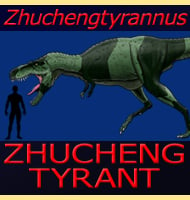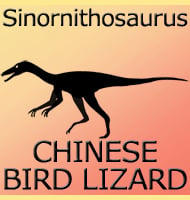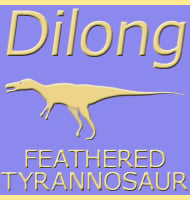Nankangia
In Depth Nankangia is a genus of oviraptorid dinosaur that lived in China during the late Cretaceous. Although only known from partial remains, Nankangia has been speculated to have been more inclined to eating plants because the jaw symphysis is not downturned. However the exact diet for Nankangia, like with many other oviraptorid genera is … Read more



